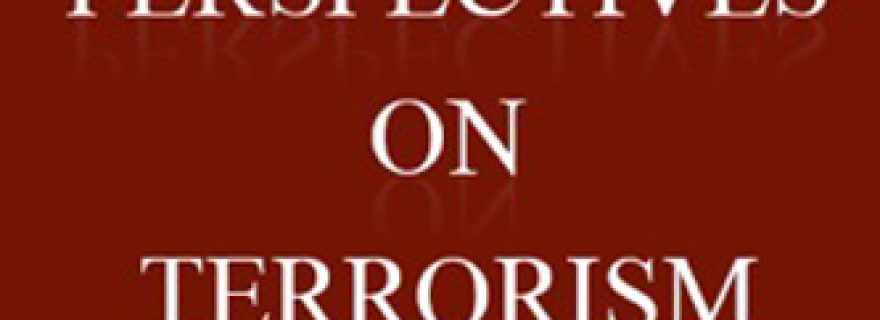Studying Homegrown Jihadism and Dutch Foreign Fighters in Syria Using Primary Sources
Primary sources-based accounts of terrorist groups and incidents can function as a foundation on which to build research and from which to test hypotheses empirically.
A previous contribution to this blog referred to terrorism expert Marc Sageman’s provocative new article in which he argues that research on terrorism is in a state of ‘stagnation’. Despite all the funding that had become available since 9/11 and despite the massive increase in publications on the subject, argues Sageman, our understanding of the phenomenon has failed to make significant strides forward. Although several other renowned terrorism scholars have written compelling rebuttals, Sageman’s polemic at the very least raises some important issues.
One of the problems that Sageman identifies as having contributed to what he sees as the lack of progress in the field of terrorism studies, is academics’ lack of access to reliable and detailed data on their subject matter. Government agencies frequently possess considerable amounts of such data but security concerns prevent them from sharing it, all too often leaving researchers to rely on much less detailed and reliable open sources such as newspaper articles. Although there are encouraging signs of an increased use of primary-sources based material, and although the problem does not appear to affect all areas of terrorism research equally, much remains to be done.
One of Sageman’s suggestions is to produce ‘thick descriptions’; primary sources-based accounts of terrorist groups and incidents that can function as a foundation on which to build research and from which to test hypotheses empirically. With this goal in mind Bart Schuurman, Edwin Bakker, Quirine Eijkman, Daan Weggemans and Peter Grol authored a special ‘Research Notes’ section in the latest issue of Perspectives on Terrorism. The four pieces it contains explore homegrown jihadism in Germany, Australia and the Netherlands, as well as the exodus of Dutch foreign fighters to the Syrian conflict. Tying the contributions together is their heavy reliance on primary sources-based materials.The authors hope that readers will find these pieces useful as reliable and detailed resources for their own studies on contemporary homegrown jihadism and the foreign fighter phenomenon.


